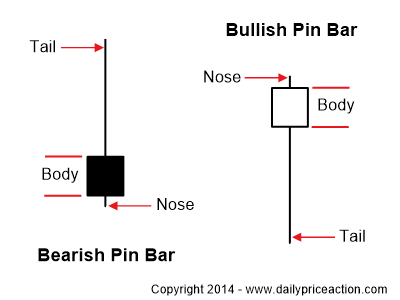The Ultimate Guide to Technical Analysis in Forex Trading
Post on: 22 Июнь, 2015 No Comment

Posted by Alfrick on May 2, 2013
Technical analysis is one of the main types of analysis used to predict the movement of currencies in the foreign exchange market.
In as much as there is a marked difference between technical analysis and fundamental analysis. both are important in forecasting the behavior of the forex market.
Ultimately, they have the same objective: to assist traders forecast the movement of the market.
Essentially, technical analysis focuses on historical price patterns and trends in the forex market with the aim of predicting the possible direction of currency prices.
While technical analysts may use different tools and concepts in trying to accurately time market moves, the common tool used by all is the chart. This is why at times followers of technical analysis are referred to as “chartists.”
It is important to note that technical analysis is based on the following three major assumptions:
- Market action is supreme
Technical analysts believe that every fundamental condition, such as state of the economy, social issues and political factors, that could affect the behavior of the market is already illustrated in price movements.
Therefore, technical analysts are only concerned at the kind of movements the charts make, not the reasons behind the movements.
- The movement of currency prices follow trends
Followers of technical analysis believe that the constant fluctuation of currency prices in the forex market takes place in an orderly manner, which is both systematic and easy to predict.
There are three main trends in the currency market: upwards, downwards, or sideways. After a trend has been established, currency prices often tend to obey that pattern before forming another one.
- History always repeats itself
The movement of currency prices has been tracked for more than 100 years. And, over time, a number of repetitive patterns have been discovered.

The manner in which these patterns are formed is an indication that human psychology does not experience much change over time.
Thus, technical analysts often study historical price movements because they believe that price will behave the same way it did before.
There are three main schools used in technical analysis in forex trading:
- Chartism/ charting
- Forex indicators
- Theories
- Chartism/ charting
Technical analysts often use forex charts to forecast future market movements.
A chartist in essence believes that the movement of the currency prices are not random, but can be forecasted through a study of past trends and other tools in technical analysis.
Here is a description of some of the methods used in charting:
A forex trend generally refers to the direction in which the market is moving.
As stated previously, the movement of currencies normally occurs in three trends: upwards, downwards, or sideways.
As such, chartists often study the charts to try to identify any of these trends before placing trades on their trading terminals.
In an uptrend, the overall direction of the currency pair is upward i.e. the price is rising.
In a downward trend, the overall direction of the currency pair is downward i.e. the price is falling.
And, in a sideways trend, the overall direction of the currency pair is see-saw i.e. the price is moving up and down without having any definite direction.
A common saying about forex trends counsels, “The trend is your best friend .”
For technical analysts, these wise words teach that placing orders in the direction of the prevailing trend will often lead to more success.
Here is a diagrammatic description of the types of trends:














